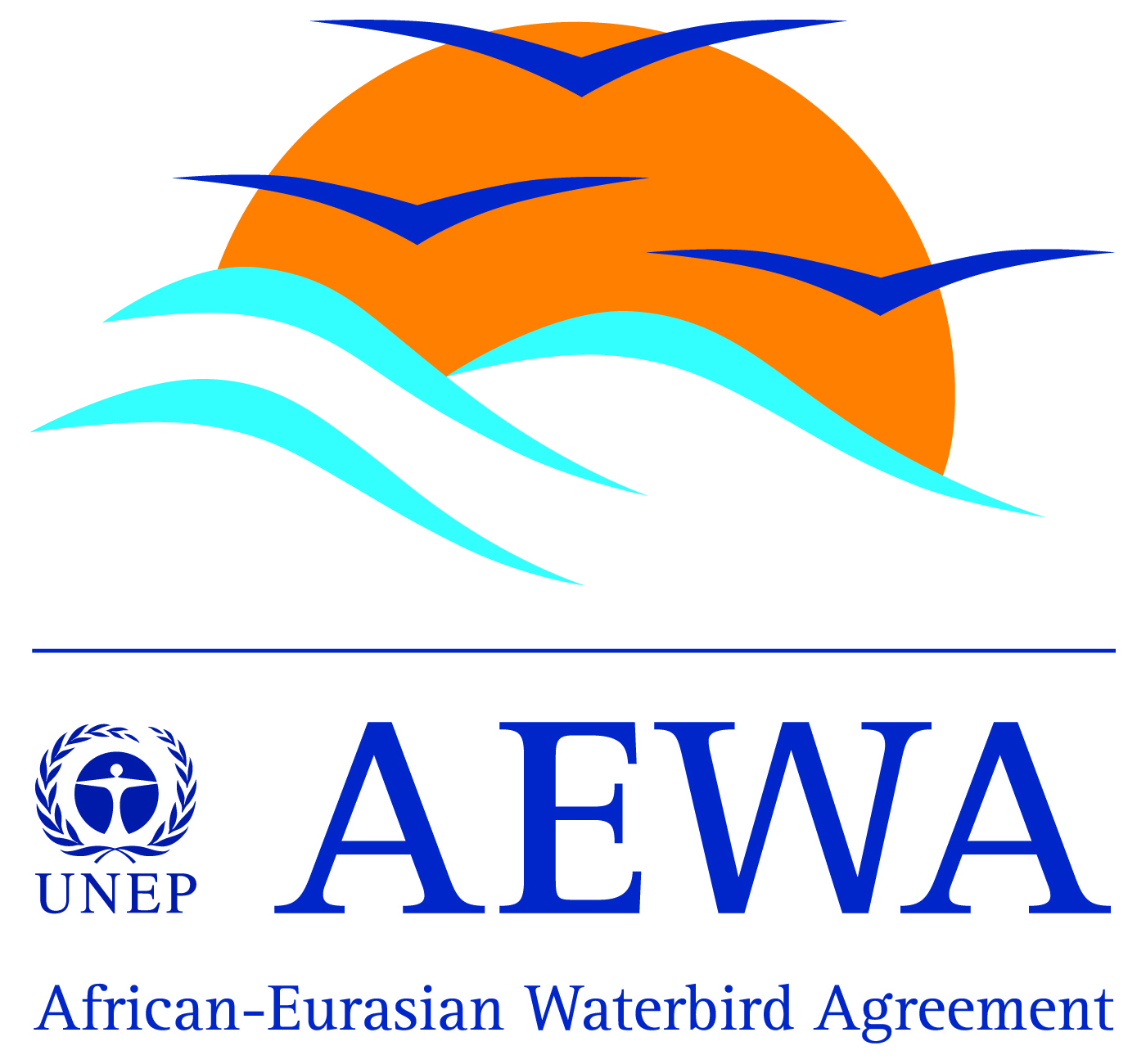Restoring Eden
-
Published source details
Brock A. (2002) Restoring Eden. Enact, 17-20.
Published source details Brock A. (2002) Restoring Eden. Enact, 17-20.
Summary
A river bank on the River Eden near Appleby in northwest England had suffered serious erosion with up to 2 m of adjacent grazing land being lost each year. Where vegetation had been heavily grazed or lost, exacerbated by a cattle-watering point, the substrate of unconsolidated sand was easily eroded. Several techniques to prevent further erosion were undertaken.
The bank was reprofiled to an angle of about 35 degrees, with few edges, overhangs or bulges. The work was undertaken in the spring after winter floodwaters had receded. A Hymac 360 excavator was used to reprofile the eroded bank following existing contours of the eroded section.
The new profile was to be held together by a vegetative mat to prevent the sand being washed away during periods of flood. High cost ruled out the use of grass seed-impregnated geotextile, therefore turfs were used. Turfs were stripped from the adjacent floodplain meadow and laid on the newly profiled bank. Areas where the turf was removed were reseeded with an appropriate mix. Sections of rabbit-net were laid over the turfs to prevent them lifting before roots established. Two locations where the bank entered the river were reinforced using short sections of willow Salix spiling, 15-30 cm in height.
To prevent grazing and trampling damage, a combination of permanent fencing and temporary electric fencing were used. The temporary fence is positioned where the water enters and exits the flood plain in times of flood to exclude livestock.
The site has subsequently flooded on several occasions but the turfs have held firm and no further erosion has occurred. The turfs have binded together and are growing vigorously. In addition, the areas of sand that were left exposed are being re-colonised, marginal plant species are returning and alder Alnus and willows Salix spp. are sprouting from materials brought down in floodwater.
Note: If using or referring to this published study, please read and quote the original paper.
Output references
|
|





)_2023.JPG)














